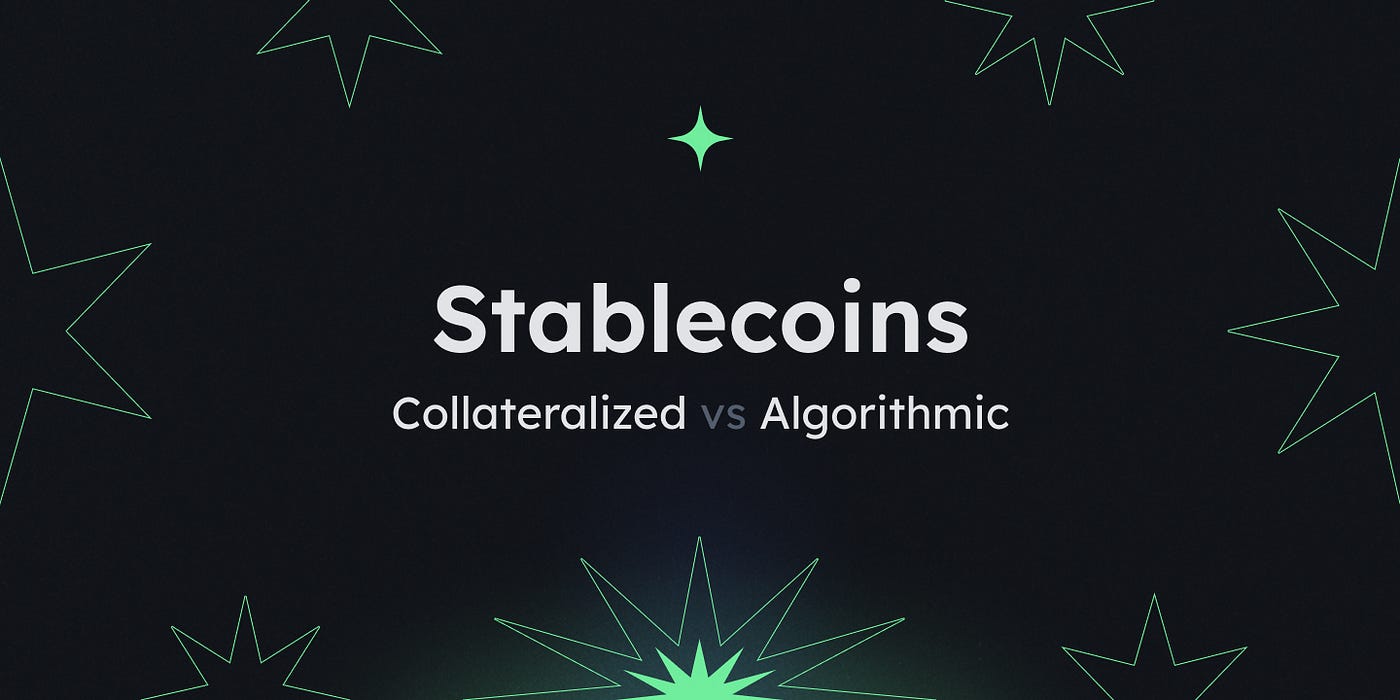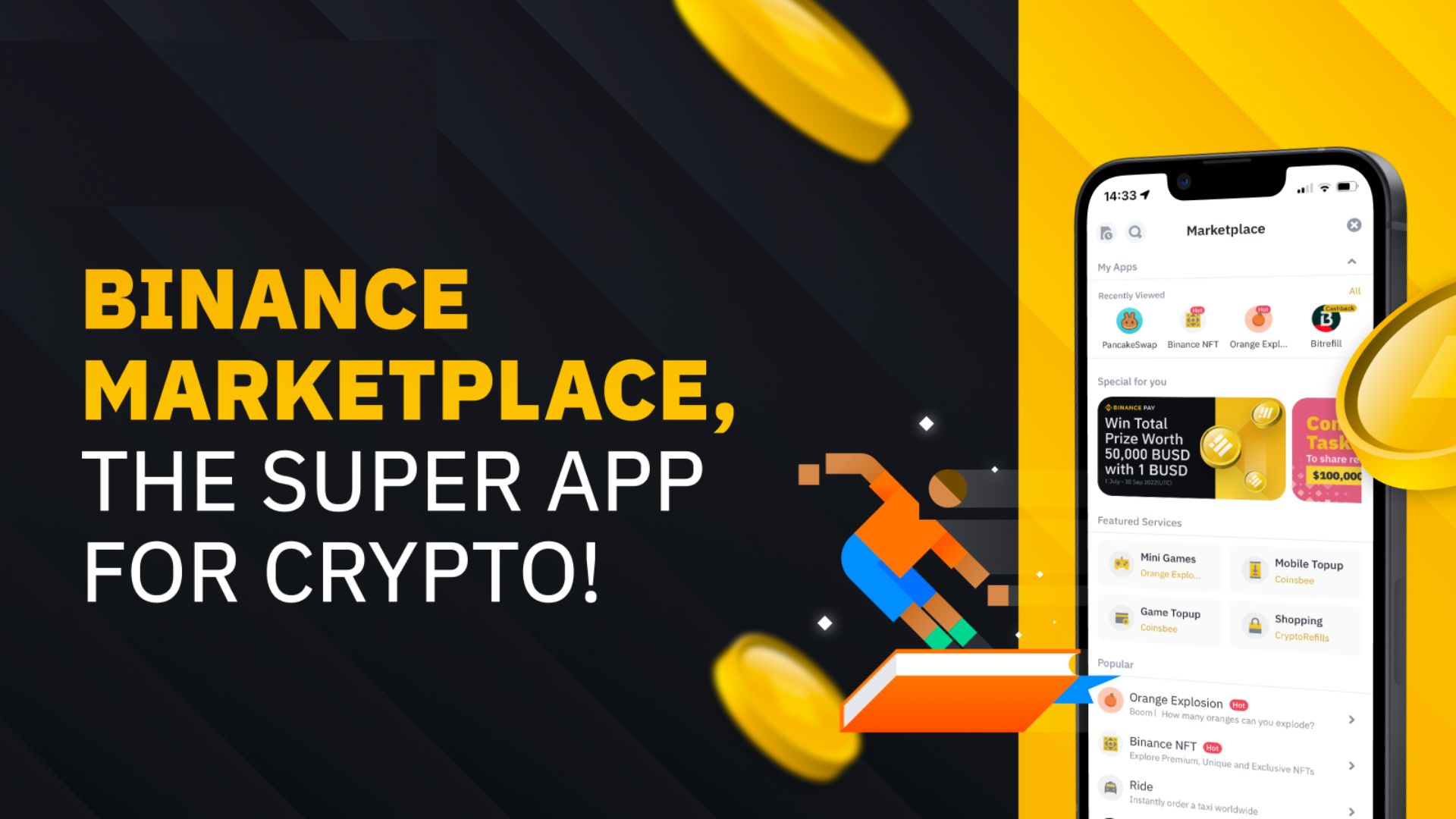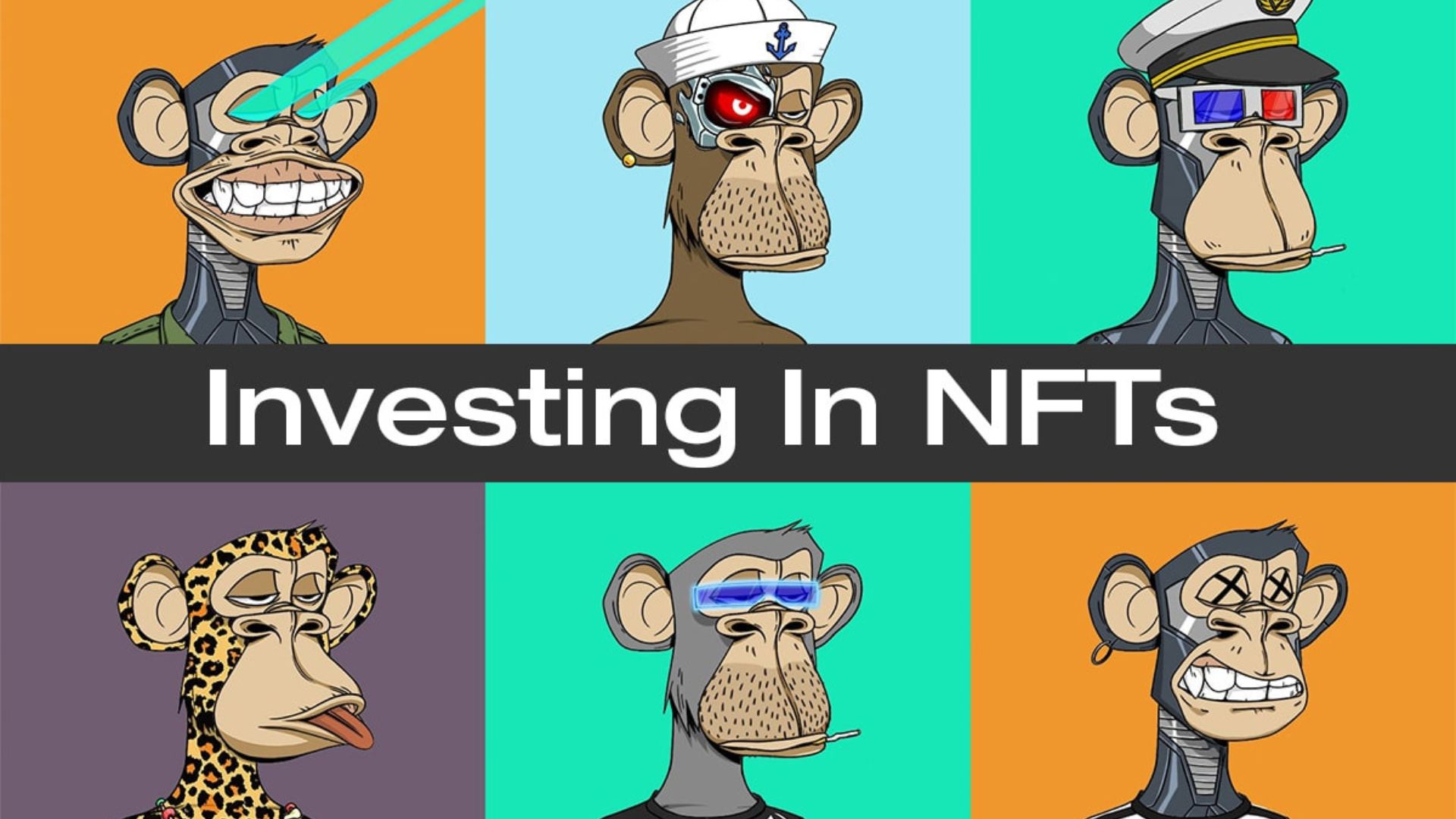Crypto Narratives: Top Narratives for 2024
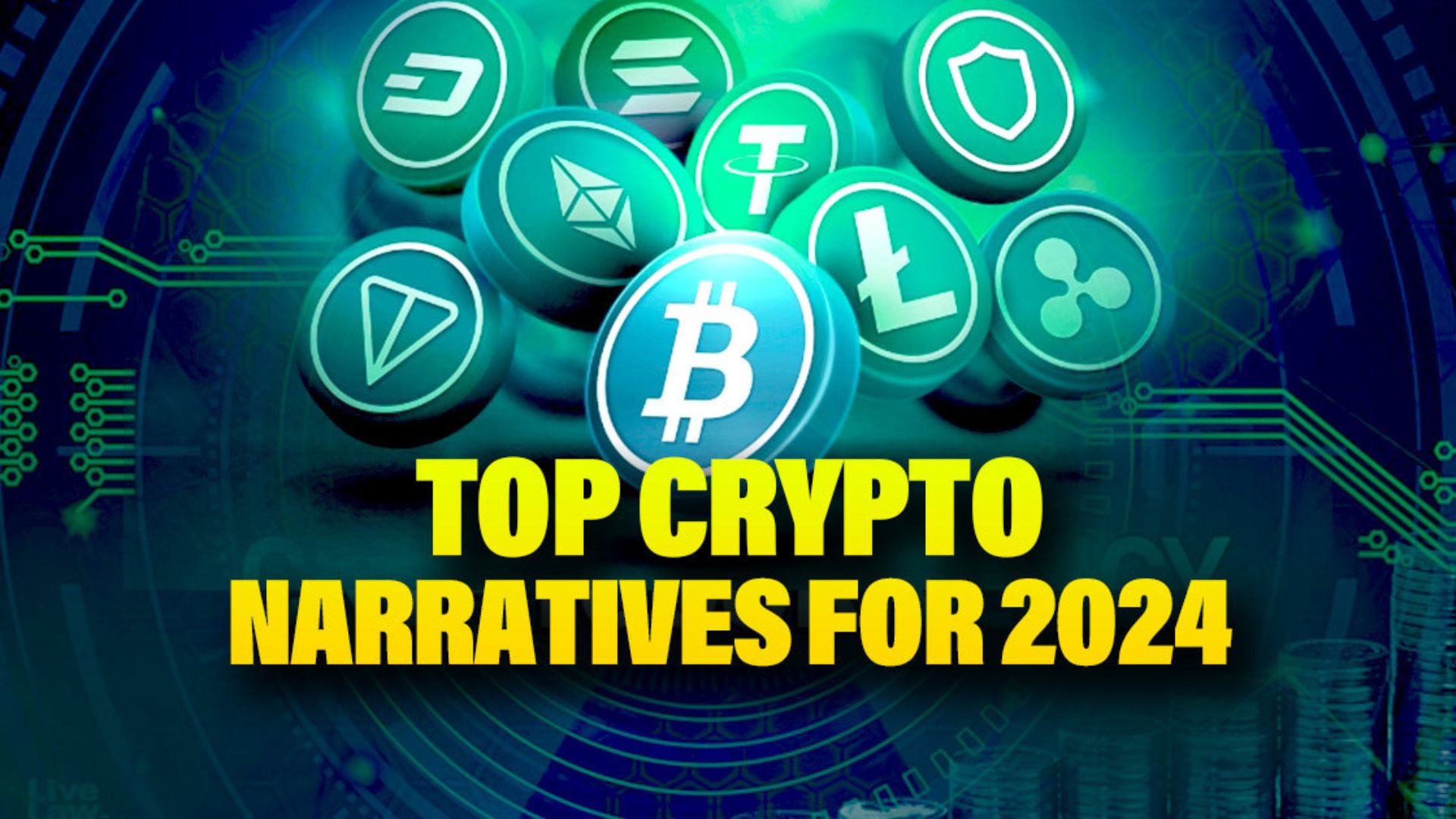
Crypto Narratives: Top Narratives for 2024. What we call “narratives” in the cryptocurrency world are the popular conceptions, tales, and beliefs that influence the market for these digital assets. These stories can shape how investors feel, how the market moves, and how new technology is adopted. The narratives in the cryptocurrency space are the currently popular concepts, tales, or beliefs that impact the value and perception of cryptocurrencies. These narratives can shape market movements, investor mood, and the adoption of new technology. Keep an eye on BRC-20, DePIN, DeSci, GambleFi, Telegram crypto trading bots, RWAs, liquid restaking tokens, liquid staking derivatives, blockchain modularity, Layer 2s (optimistic rollups and zero knowledge rollups), and Layer 1s and 2s in 2024.
Assumptions and excitement in crypto narratives can be destructive and deceiving. Therefore, you should not unquestioningly trust narratives but conduct thorough investigation and analysis before making any financial investments. Market players are continuously looking for patterns to help them comprehend current events, their causes, and the possible effects of these events. Historically, they have been more proactive in responding to future market conditions by studying the mechanics of market cycles. Many investors rely on crypto narratives to forecast price movements, such as Elon Musk’s tweets influencing the price of DOGE or believing that the periodic halving of Bitcoin will cause bull runs.
For example, many investors have been enticed by the story surrounding cryptocurrencies to protect themselves against economic uncertainties. The narrative surrounding blockchain as a potentially game-changing technology has also piqued the interest of numerous entrepreneurs and developers currently developing blockchain-based applications.
Why Are Crypto Narratives Important?
Factors such as the attitudes and motivations of individuals participating in the cryptocurrency sector, social and economic events, and the technological capabilities of crypto and the blockchain all contribute to the emergence of crypto narratives. Influencers, market trends, social media, online forums, and mainstream media can fuel narratives. Decentralized Science (DeSci) and Decentralized Physical Infrastructure Networks (DePIN) are two examples of the narrative trends 2024 that investigate the potential uses and capabilities of the blockchain.
Stories matter because they influence how people feel and, by extension, how the market reacts. In addition to shaping the future of the cryptocurrency sector, they lay out a framework for individuals to evaluate the merits and drawbacks of various cryptocurrency options. Yet, crypto narratives based on excitement or incorrect assumptions can also be destructive or misleading. So, studying and critically assessing storylines before investing would be best. Currently, 2024 is being attempted to be defined by several new trends and themes. Here we take a look at the eleven most anticipated crypto narratives of 2024:
Liquid Restaking Tokens

To protect numerous networks using the same token and other protocols at once, a new story is emerging called restaking, which aims to maximize capital efficiency. Providing scalable security tailored to each protocol’s requirements allows protocols to circumvent the difficulties of developing their own sets of validators. In return, restakers get new protocols, which come with additional slicing risks and benefits based on their restaking technique. With more than 3.5 million ETH in TVL as of writing, EigenLayer is the pioneer in the restaking market. Actively Validated Services (AVSs) on EigenLayer can be secured by restaking liquid staking tokens like stETH, rETH, and cbETH.
Liquid Staking Derivatives
Stakers can liberate their illiquid-staked assets and earn more profit by purchasing liquid staking derivatives (LSDs), cryptocurrencies produced by liquid staking platforms. Standard staking involves participants securing proof-of-stake (PoS) blockchains through the protocol-based deposit of assets. Stakeholders lose out on potential additional yield when their assets are not readily convertible and remain locked up, which brings up the problem of capital inefficiency.
Liquid staking is helpful in this situation. Derivative assets continue to gain value over time because they are tied to the underlying asset, which is locked when staked on a proof-of-stake blockchain. At the same time, other DeFi actions, such as lending and liquidity provision, can be accomplished with the derivative token. In exchange, most liquid staking services charge between 5% and 10% of the earnings for staking. Reduced stake entry barriers, improved network reliability and security, and capital inefficiency are all problems that LSDs fix.
Blockchain Modularity

Crypto Narratives: More recent blockchains like Ethereum and Bitcoin are not monolithic; the blockchain handles all transactions. But now we’re entering the modularity era, where cost and flexibility replace performance as the primary criteria for competition. By separating the blockchain into its constituent parts, modularization enables blockchains to scale beyond their present limitations.
-
Execution: transaction execution
-
Settlement: resolution/ fraud proofs/ bridge between other execution layers
-
Consensus: agreement on the order of transactions
-
Data Availability: providing accessible data for all network participants
Processes running on Layer 2s, such as Optimism and Arbitrum, are responsible for executing and transmitting batch transactions to the parent chain. The OP Stack is just one example of how even Layer 2s are starting to become modular; it breaks down a Layer 2 chain into its parts and then makes them available to developers as standardized, open-source modules. At the same time, Mantle, a Layer 2 chain, uses EigenDA, an Ethereum-based decentralized data availability layer, to supply data availability.
Even layer 1s like Celestia are building their blockchain with a modular design. For Celestia, storage optimization is the primary concern, focusing on consensus and data availability. Making the best possible execution environment for their applications becomes the emphasis of Layer 2s based on Celestia.
Layer 1s
Other blockchain applications, such as smart contracts, are built upon layer 1s, the essential base architectures. They are the backbone of public blockchains and handle most on-chain transactions. Several problems with traditional L1 blockchains, such as Ethereum, include low scalability, expensive gas fees, and slow transaction rates. Layer 2 blockchains step in at this point; they are responsible for carrying out the transactions, freeing up the L1 to concentrate on creating and validating blockchain transactions. But with the advent of new L1 networks, things are looking up regarding interoperability, transaction cost, and speed.
Celestia
Celestia is the “first modular blockchain network to power scalable, secure web3 apps.” This is achieved by “decoupling consensus from the execution layer,” which means that Celestia handles the ordering and availability of transactions—the fundamental role of a consensus system—while clients who utilize Celestia are responsible for executing and validating them. With Celestia, projects won’t have to bootstrap a new consensus to deploy their networks; it will be easy and seamless. Mustafa Al-Bassam, who holds a doctorate in blockchain scaling, heads an outstanding team working on the project.
Sui
Sui is a “boundless platform to build rich and dynamic on-chain assets from gaming to finance.” Built from the ground up, it’s the first permissionless L1 network that aims to facilitate the creation of experiences for the following billion web3 users. An organization known as Mysten Labs, comprised of ex-Meta developers, founded Sui.
As application demand increases, Sui can scale horizontally with no upper limit, keeping transaction costs low while yet meeting demand. In addition, it allows for parallel agreement on basic transactions, such as the minting and transfer of a non-fungible token (NFT), which significantly enhances scalability. Byzantine Fault Tolerant (BFT) consensus and Narwhal and Bullshark DAG-based mempools handle complex transactions, such as those in asset management and DeFi applications.
Layer 2s: Optimistic Rollups
Focusing on Layer 2s—protocols developed on top of L1s to scale and grow them further—is the vertical scaling narrative. By relocating transactions off-chain, they greatly enhance their throughput while minimizing computations of L1. Regardless of the general mood in the DeFi market and the overall capitalization of all cryptocurrencies, L2’s total value locked (TVL) has been increasing steadily.
L2 scaling solutions like optimistic rollups aim to reduce fees and boost transaction throughput without compromising the security of the underlying blockchains. Using a trust-based paradigm, they verify transactions off-chain and then upload them to the main blockchain once a select few “witnesses” have validated them.
Arbitrum
Arbitrum uses optimistic rollups as an L2 scaling solution to achieve high throughput and lower user transaction costs. Ethereum is still slower and has higher gas fees than competing networks, such as Arbitrum, even after The Merge. The result was a surge in Arbitrum’s TVL to 3.2B in November 2021 as many web3 consumers and creators started using other networks.
Thanks to the recent ARB airdrop, the Arbitrum network is now quite liquid. There was an incentive for many ARB token recipients to participate in Arbitrum-based decentralized exchange trading, staking, and liquidity provisioning. The Arbitrum network and its possibilities as Ethereum’s L2 scaling solution have also become more well-known thanks to the airdrop.
Optimism
Optimism is a “fast, stable, and scalable L2 protocol developed by Ethereum developers, for Ethereum developers.” It’s easy to scale Ethereum apps without changing the existing network. Optimism differs from other EVM-compatible chains in that it is EVM-equivalent. This implies that it follows the Ethereum blockchain’s formal specifications and operates in sync with Ethereum. Optimism has also introduced the OP Stack, a tool that allows developers to create new chains compatible with Optimism by modularizing Layer 2 chain components. According to Defillama, Optimism’s TVL reached an all-time high of $1.15B in August 2022.
Base
Coinbase introduced Base in February 2023; it is an L2 blockchain that will cater to millions of future web3 consumers by utilizing Optimism’s OP Stack. To facilitate the development of web3 apps, the network will offer a safe, affordable, and developer-friendly option. Also, Coinbase has established the Base Ecosystem Fund to back businesses that are part of the Base ecosystem.
Layer 2s: ZK Rollups
Crypto Narratives: By off-chaining computation and state storage, zero knowledge rollups (ZK rollups) increase throughput on Layer 1. In this manner, they can handle several transactions simultaneously and publish summary data on the blockchain. You may verify your knowledge of something without disclosing it using zero-knowledge rollups. Digital identity verification and private transactions are two examples of applications where this makes them a good fit. In 2024, you should be wary of the following ZK rollups:
zkSync Era
Another L2 rollup called zkSync Era uses zero-knowledge proofs to grow Ethereum without compromising security or decentralization. The majority of data is stored off-chain, and computations are performed by it. While using zkSync, you may use Ethereum’s security features with faster and cheaper transactions.
Polygon zkEVM
On March 27, 2023, Polygon took a giant leap towards scaling Ethereum and attaining widespread web3 usage with the debut of its zero-knowledge Ethereum virtual machine (zkEVM) Mainnet Beta. Similar to Optimism, the Polygon zkEVM is an EVM-equivalent. This implies developers may use most Ethereum-native apps on the zkEVM without changing or reimplementing code.
Scroll
Scroll aspires to provide trust-minimal privacy, complete decentralization, high throughput, and limitless scalability as an L2 solution. To that end, it plans to use ZK rollup with off-chain decentralized systems known for their excellent performance.
Taiko
With Taiko, a zero-knowledge Layer 2 that aims to be the most Ethereum-equivalent ZK-rollup, decentralized applications (dApps) can use a platform that is both scalable and efficient without altering their current protocol. Taiko strives to be fully compatible with Ethereum while prioritizing the speed of ZK-proof creation. This allows for the reuse of execution clients with few alterations, unlike many other zero-knowledge Layer 2s. You can take part in the protocol usability tests on Taiko’s testnet to give it a go.
Bitcoin: Ordinals and BRC-20 Tokens
One of the most recent fads that has swept Bitcoin is ordinals. The Ordinals protocol, which allowed NFT minting on the mainnet, was put on the Bitcoin blockchain by software engineer Casey Rodarmor in January 2023. Many members of the Bitcoin community had conflicting opinions about the move. Thoughts on the matter ranged from concern about the Bitcoin blockchain to enthusiasm for creating Inscriptions, the cryptocurrency’s equivalent of NFTs.Ordinal Inscriptions, similar to NFTs, are digital assets imprinted on a Satoshi, the smallest value of a Bitcoin. Ordinals, unlike NFTs, which store data decentrally, are kept directly on the blockchain. In November 2021, the Taproot upgrade was implemented into the Bitcoin blockchain, enabling the inscriptions.
Several noteworthy collections and high-priced sales have occurred thus far, and the quantity and order of BTC Ordinals have been attentively tracked. This group includes ordinal Loops, Bitcoin Shrooms, Ripcashe’s Power Source, Ordinal Punks, Taproot Wizards, Toruses, and The Dan Files. The Bitcoin blockchain now has about 55.8 million Ordinal inscriptions.
In addition to ordinals, BRC-20 tokens have garnered attention since they can be issued and transferred on the Bitcoin blockchain using ordinal inscriptions, making them fungible. BRC-20 tokens are analogous to the ERC-20 token standard on the Ethereum and EVM networks. Once implemented, Ordinal wallets are free to mint BRC-20 tokens as part of the community’s token minting process. The development of decentralized platforms for coining and trading BRC-20 tokens is in its infancy, but it is already possible. The average transaction fee in December 2023 was over $27, caused by the spike in interest in BRC-20 tokens.
Decentralized Physical Infrastructure Networks (DePIN)
DePIN stands for decentralized physical infrastructure networks. These networks leverage blockchain technology and token rewards to build physical infrastructure in various industries, including transportation, healthcare, wireless connection, geospatial mapping, and energy. Crypto Narratives: By offering incentives for providers to dedicate their material resources to a decentralized network, DePIN aims to build an efficient infrastructure with resources. Users seeking lower service charges (compared to centralized facilities) can access these resources through the DePIN, and the network can earn money from the fees these users pay.
Decentralized Science (DeSci)
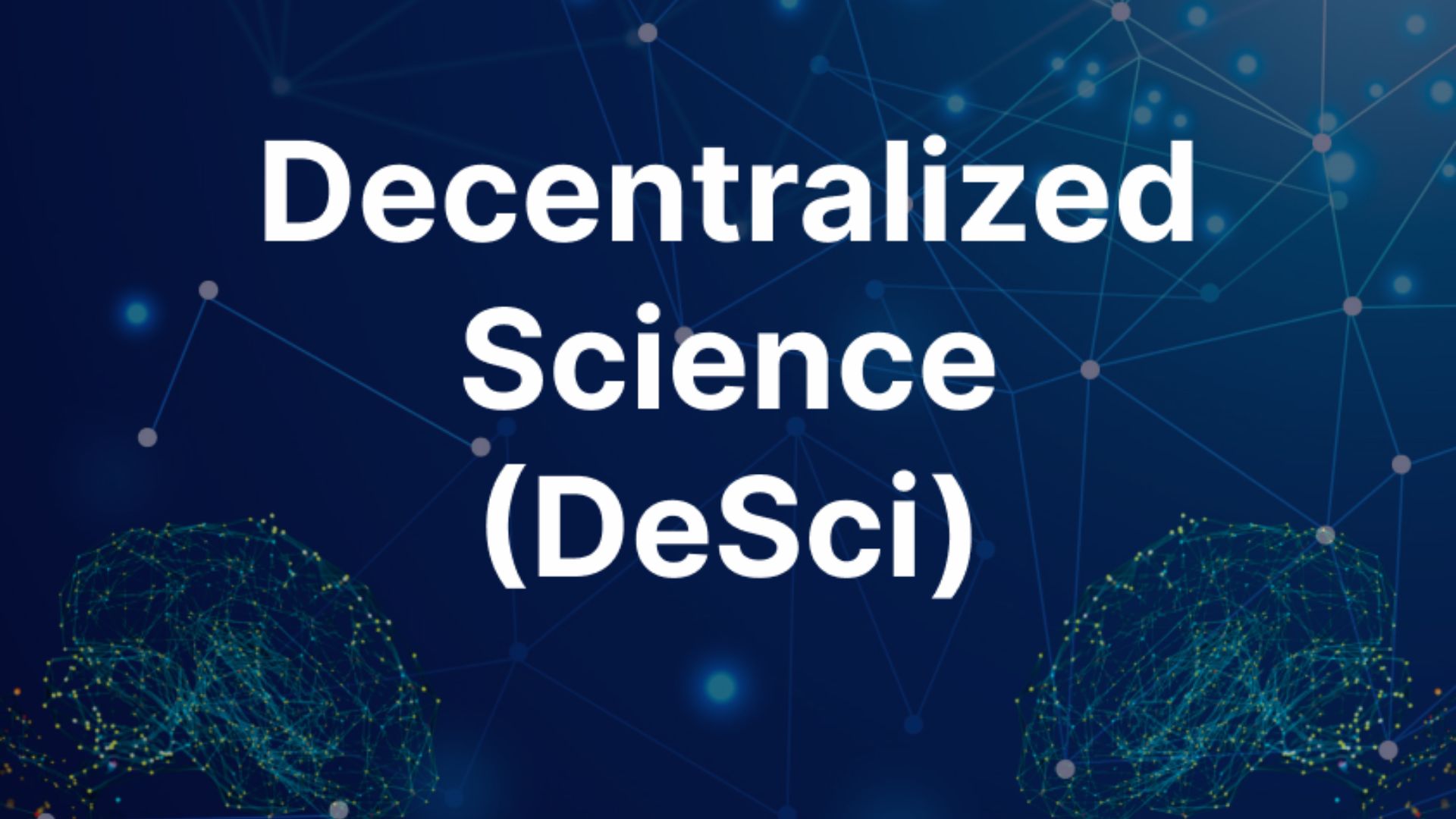
To make scientific research and cooperation more transparent, incentive-based, and community-driven, “DeSci” employs blockchain technology and its capabilities. DeSci’s mission is to speed up the development and translation of scientific research into breakthroughs that assist patients, avoiding the so-called “valley of death” in scientific research. Data sharing, research and publication, and financing are the three main areas that decentralized science is aiming to improve. It accomplishes this by distributing cash and controlling processes through decentralized autonomous organizations (DAOs), using NFTs as a key to the underlying project, and rewarding users with tokens.
GambleFi
“GambleFi” is shorthand for decentralized apps that facilitate cryptocurrency betting. With an emphasis on openness and equity, these apps are taking online gaming onto the blockchain to enhance the user experience. The fact that users of GambleFi can now own tokens issued by the system and share in its profits puts them squarely in the shoes of the house. During the down market, the GambleFi story took off, so watching how it evolves during the upmarket will be fascinating.
Real World Assets
Tokenized assets that exist in the real world or off-chain but are transferred on-chain to serve as a source of yield in DeFi are called Real World Assets (RWAs). Things like art, commodities, real estate, and precious metals fall under this category. For instance, in 2020, the market capitalization of gold was 12.39 trillion dollars, and the value of global real estate was 326.50 trillion dollars. RWAs are fundamental to the global financial system. More RWAs, notably Ondo Finance, use US Treasury Bills and high-interest rates to give investors lower-risk yields.
Another example of a protocol that could profit from RWA investments is MakerDAO, which has joined the RWA field by investing idle assets in short-term bonds and then using the money to increase the DAI Savings Rate and ramp up an MKR repurchase program. The buyback program is the engine that drives MakerDAO’s growth, and MakerDAO demonstrates how value may flow to token holders.
The potential impact that RWAs can have on DeFi seems huge:
-
They can provide a sustainable and reliable yield source to DeFi, as traditional assets back them.
-
They can help DeFi become more compatible with the traditional financial markets, ensuring more liquidity, capital efficiency, and investment opportunities.
-
They can bridge the gap between DeFi and traditional finance (TradFi).
Maple Finance (MPL), Goldfinch (GFI), and Centrifuge (CFG) are other examples of RWAs that focus on RWA lending that you can have a look at.
Telegram Trading Bots

Crypto Narratives: Also, in 2023, more and more crypto trading bots started popping up on Telegram, making it easier and faster for users to make deals. Token purchases no longer necessitate a computer to link wallets and authorize transactions; users may copy and paste the contract address of the desired token and submit it as a chat message. You can pre-approve and sign transactions, which speeds up the selling process even further. Various Telegram trading bots have extra features like multi-wallet and liquidity sniping. The former lets the bot buy tokens as soon as it detects their addition to liquidity to maximize gains on newly added tokens, and the latter allows it to bypass token restrictions imposed by specific wallets.
Conclusion
Several narratives emerged in 2023, including AI, Chinese tokens, decentralized social media, Layer 1s and 2s, liquid staking derivatives, real-world assets, Bitcoin Ordinals and BRC-20, and other similar concepts. In 2024, new storylines are emerging, such as restaking, DePIN, DeSci, GambleFi, and blockchain modularity is becoming more popular. Please keep in mind that the goal of this essay is purely educational and does not constitute financial advice. Before putting your money into any asset, please DYOR.
